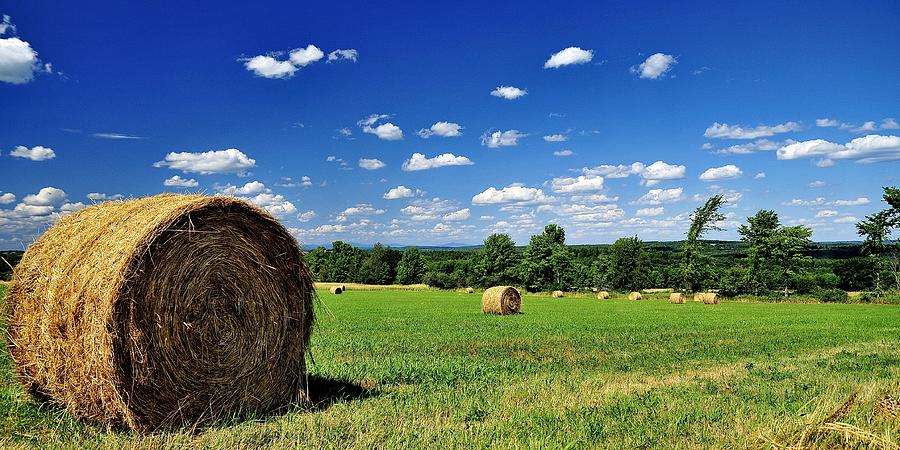May 13, 2024 – Texas A&M AgriLife Extension provides comprehensive guidance on protecting hay from rain to maintain its quality and nutritional value. Proper hay storage is crucial for preserving hay from moisture, as exposure to rain can lead to mold growth, nutrient loss, and decreased palatability. Here’s an in-depth look at strategies recommended by AgriLife Extension:
Covered Storage: Utilizing covered storage facilities is the most effective way to protect hay from rain. Barns, sheds, or hay storage buildings offer excellent protection from moisture. These structures should have proper ventilation to prevent condensation buildup, which can contribute to mold growth.
Tarps and Covers: When covered storage isn’t available, using tarps or plastic covers is essential. Covering hay stacks or bales with waterproof tarps or plastic sheets can shield them from rainwater. Ensure the covers extend beyond the edges of the hay to prevent water infiltration. Proper anchoring of tarps is critical to withstand wind and prevent water pooling.
Elevated Storage: Storing hay off the ground on pallets, wooden rails, or racks can help prevent moisture absorption from the soil. Elevating hay allows for better airflow underneath, reducing the risk of mold growth. Additionally, it prevents hay from sitting in pooled water during heavy rains.
Tarp Maintenance: Regular inspection and maintenance of tarps are necessary to ensure their effectiveness in rain protection. Check for tears, holes, or damage that could compromise waterproofing. Replace or repair damaged tarps promptly to maintain hay quality.
Timely Harvesting: Harvesting hay during periods of dry weather is crucial for minimizing moisture content. Delaying harvest until after rainfall increases the risk of wet hay, which is prone to mold and nutrient loss. Monitor weather forecasts and plan hay harvesting accordingly to avoid rain.
Properly Ventilated Storage: Adequate ventilation in storage facilities is essential for reducing moisture buildup. Proper airflow helps to prevent condensation and mold growth. Ensure vents are unobstructed and consider installing fans to improve air circulation.
Hay Tarping Techniques: When covering hay with tarps, employ proper tarping techniques to maximize rain protection. Overlap tarps sufficiently to prevent water seepage between seams. Use weights or ropes to secure tarps tightly and prevent wind displacement.
Regular Monitoring: Regularly inspect stored hay for signs of moisture or mold growth. Check underneath tarps for any water accumulation or leaks. Promptly address any issues to prevent further damage to the hay.
By implementing these strategies, farmers and ranchers can effectively protect their hay from rain and preserve its quality for feeding livestock throughout the year. AgriLife Extension provides valuable resources and expertise to assist producers in implementing best practices for hay preservation. For more information on this or any other agricultural topic please contact the Hopkins County Extension Office at 903-885-3443 or email me at [email protected].








